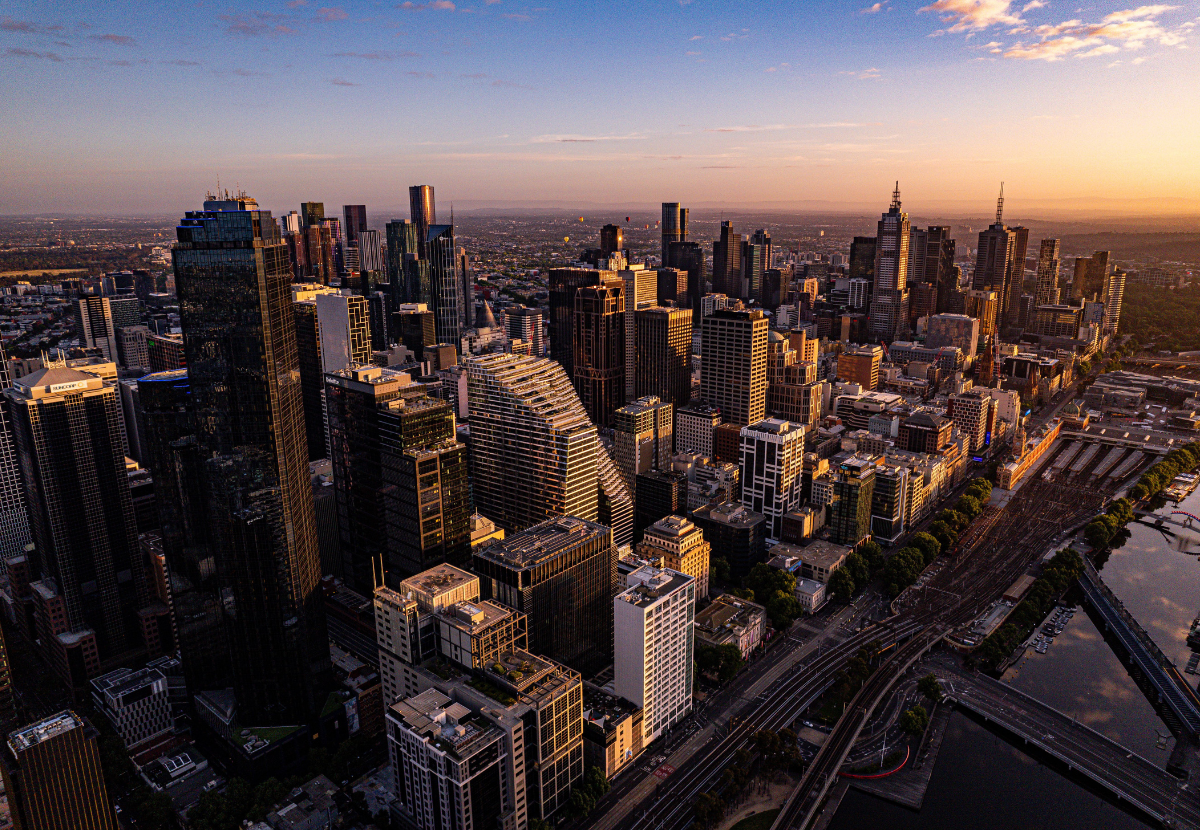Australian property market has been on a bumpy ride over the last 5 years, with an increase of 39.1% nationally. Despite this huge surge in the property prices the upswing still trails the exponential boom of the early 2000s.
In this article, we will break down the story behind Australia’s property surge, regional property market, how this trend compares to the historical benchmarks and what this entails for buyers, sellers and investors heading into mid-2025.

National Property Market: 5-Year Price Growth in Perspective
Between March 2020 – March 2025, Australian house values increased by 39.3%. While this looks like a monumental gain, a closer look showcases a fragmented story:
- Capital Cities: +34% combined growth.
- Regional Areas: +57.2% growth, outperforming capital cities.
- Most Growth: Perth and Adelaide led the pack with having a staggering 75.9% and 73.8% growth.
- Lagging Markets: Melbourne and Sydney had 8.2% and 28.2% growth overall.
Despite these impressive values, the growth trend is still far behind the early 2000s boom, when the house prices rose by 80% in just five years. The only difference between that period and today was that the early 2000s boom was powered by unprecedented credit growth, deregulation policies and an expanding investor class.
Which Cities Delivered the Strongest Growth?
Brisbane
- 5-Year Growth: +69.7%
- Key Drivers: Population inflow, interstate migration, relatively affordable housing base in 2020
- Median Dwelling Price (Mar 2025): $899,824
Adelaide
- 5-Year Growth: +73.8%
- Key Drivers: Tight housing supply, surging rents, and stable economic base
- Median Dwelling Price (March 2025): $913,000
Perth
- 5-Year Growth: +75.9%
- Median Dwelling Price (March 2025): $1,125,000
Source: CoreLogic Home Value Index April 2025
Why the Market Slowed in 2022–2023
A key reason for the more moderate 5-year growth, compared to previous booms, was the 2022–2023 market correction, which saw home prices fall -9.1% nationally due to:
- Aggressive RBA interest rate hikes (from 0.1% to 4.35%)
- Declining borrowing capacity
- Consumer sentiment at decade lows
Although the market rebound occurred through 2024 and into 2025, the downturn pulled cumulative growth well below the historic benchmarks.

Are We in Another Housing Boom?
While media headlines suggest the market is booming, the fundamentals paint a more nuanced picture. Here’s why:
Supporting Factors:
- Net Overseas Migration is forecast to exceed 350,000 annually
- Record-low rental vacancies (1.0% nationally, per SQM Research)
- Limited housing supply, with construction completions falling short of government targets
Moderating Forces:
- Affordability constraints are at a 30-year high
- Loan serviceability buffers keep many first-home buyers locked out
- Investor activity, while rising, is still lower than previous boom cycles
This is a price recovery cycle, not a speculative boom. Growth is being driven by fundamentals like demand and supply mismatch, rather than unchecked borrowing or tax-fueled investor surges.
Read More: Australian Property Market Soars: March 2025 Home Value Index Breaks All-Time Records
How This Growth Compares to the Early 2000s
| Metric | 2001–2004 Boom | 2020–2025 Cycle |
| National Price Growth | +80%+ | +39.3% |
| Average Interest Rate | ~6.0% | ~3.0% (avg across 5 yrs) |
| Investor Lending Share | ~45% | ~32% (2025) |
| Wage Growth | ~4% YoY | ~2.4% YoY |
While today’s conditions are more stable and sustainable, they lack the financial deregulation and credit-driven frenzy that characterized earlier housing booms.

What Does This Mean for 2025 Buyers and Investors?
For First-Home Buyers
- Affordability remains a major hurdle despite government grants
- Smaller capital cities and select regional markets offer better value
For Property Investors
- Rental yields are rising, especially in Perth, Adelaide, and Brisbane
- Long-term capital growth remains likely, but not at 2000s-style rates
For Upsizers and Downsizers
- Now may be a good time to trade before further price rises
- Market conditions favor well-located, turnkey properties
Final Thoughts
The Australian Property market in 2025 is going strong but steady, while there’s a significant recovery in the market fundamentals, it is not a property boom. Rather a constrained supply market trying to handle the rising demand, lending policies and changing economic conditions.
Buyers and investors should focus on the long-term market fundamentals and returns rather than the short-term boom.




